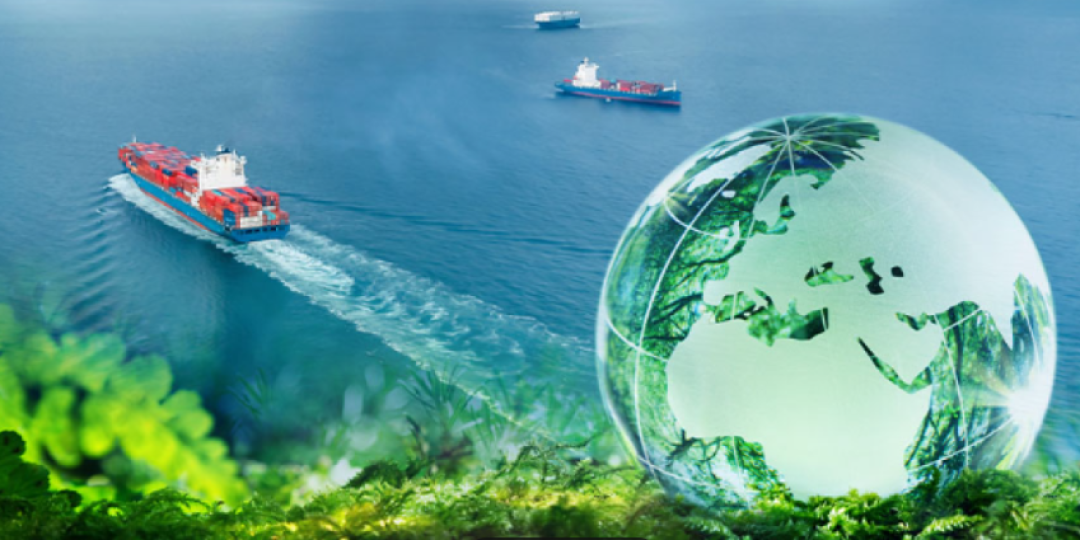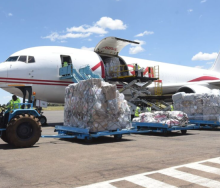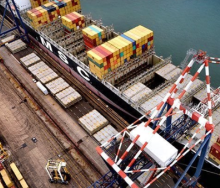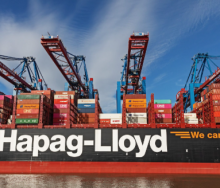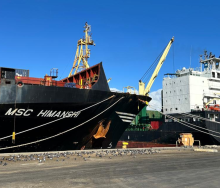Complying with the International Maritime Organization’s 2050 carbon-neutral target is likely to more than double container shipping costs, according to new research.
The class and assurance society DNV calculated that shipping costs for container vessels were likely to increase by 91-112%, 70-86% for tankers and 69-75% for bulk carriers.
The findings are published in its Maritime Forecast to 2050, an annual in-depth study into the various aspects of shipping decarbonisation.
“Overall, the new technologies and fuels necessary for decarbonisation increase costs of seaborne transport and these costs must be moved through the value chain to the consumer as an increase in the price of goods,” according to the report.
“IMO targets are clear: full-scale decarbonisation by or around 2050, a 20% emissions reduction by 2030, and a 70% reduction by 2040. The question now is, how do we get there?” says Knut Ørbeck-Nilssen, CEO of DNV’s maritime division.
The EU’s FuelEU Maritime Regulation (Regulation (EU) 2023/1805), effective from next year, will impose a well-to-wake greenhouse gas intensity requirement on annual energy usage, “effectively forcing the use of qualified low GHG fuels”, but the report notes that the IMO is negotiating an option to “pool compliance across several ships from the same or different companies”. This means that not every ship would need to reach this fuel GHG intensity requirement, but can rely on other ships in the pool to reach a combined target. DNV estimates that such a pooling mechanism could reduce the cost of decarbonisation by 6%.
The report notes a continued trend of orders for larger ships able to run on more than one type of fuel. Along with liquefied natural gas (LNG), methanol and liquefied petroleum gas-driven (LPG) ships are on the order book “while ammonia fuel capability is also emerging”.
DNV also notes that global carbon-neutral fuel production will have to increase to reach the IMO’s goal of a 20% reduction in total CO2 emissions from shipping by 2030, relative to 2008 levels.
DNV estimates that shipping fuel consumption could be reduced by 4%-16% through operational and technical energy efficiency measures. The scale of emissions reduction will determine how much infrastructure would need to be developed for carbon capture and storage.
“The decarbonisation of shipping is a complex puzzle with many different solutions. Meeting the IMO’s goal of zero-emission shipping by 2050 requires smart decision-making and strategic investments today to lay the foundations for significant emissions reductions in the future,” according to the report.
“The headwinds are strong, and a cloud of uncertainty still obscures how a fully decarbonised global fleet will look in 2050,” Ørbeck-Nilssen says.
